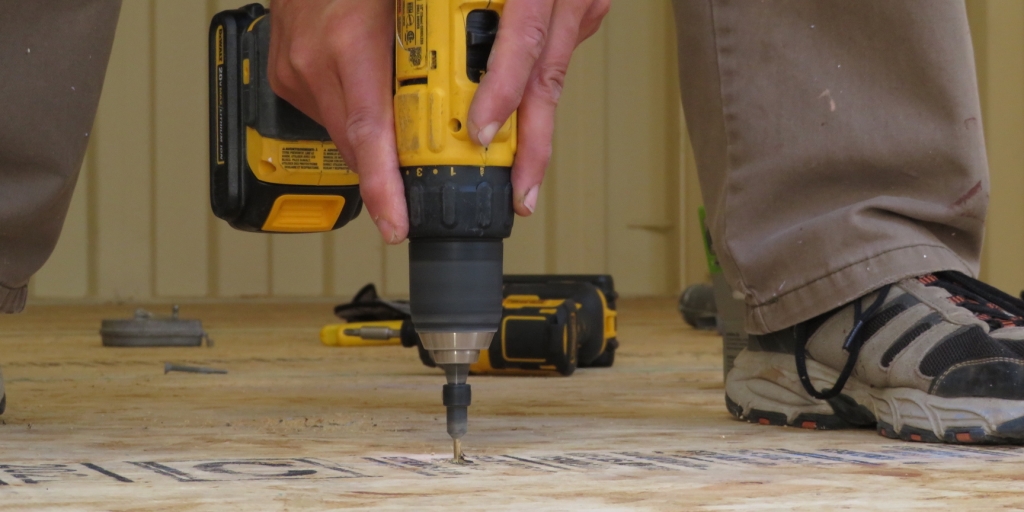
Where in a home remodel you might make decisions based on aesthetics, energy efficiency, historic context, quality, an HOA, or price, in building a Mars habitat analog you are asking a different set of questions:
- What will maintain a hermetic seal?
- What will not invoke condensation given the temperature extremes in the high desert winters of southern Arizona?
- Does this immediately give off heavy VOCs? Will it subside over time? Stabilize completely?
- How will we maintain the pressure vessel when connecting these two structures?
- Given that our funds are limited, what off-the-shelf products will get us as close as possible to what might actually be used in a real, other-world habitat?
- What would NASA say to this selection of construction material, sealant, or paint?
- What will hold up to the variety of visiting teams?
While the 40 foot shipping container came to us fully insulated (refrigerated) and essentially sealed (save a few openings at the front which will be easy to fill), we searched for more than three months to locate an insulated 20 foot container, to no avail. The 40 foot unit will be the living space for the crew while the 20 foot will serve as a corridor from the airlock to the crew quarters and Test Module. To facilitate a reduced thermal load and associated electrical consumption (with our intent to eventually go off-grid), we are manually insulating the 20 foot container, from the floor to walls to ceiling.
Starting from the ground up, we are designing a system by which the floor is insulated using standard building materials (plywood, foam board, adhesives) that will remain outside (below) the hermetic seal such that the inhabitants will not be breathing the space that contains the resins and glues associated with these products.
Our first (bottom) layer is a tight steel mesh to keep the rodents from chewing their way in (we hope that pack rats do not yet inhabit Mars). Then a layer of plywood to provide support for the insulating foam board, the foam board, and then another layer of plywood to protect the foam from the top and to provide a solid surface for the fifth and final layer—sheets of carbon steel.
Continued with Installing the steel floor …

